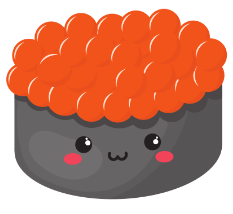The history of Kokedama is one of ancient, mystical beauty. It is an art form that dates back centuries, originating in Japan as part of the practice of bonsai. The word “Kokedama” literally translates to “moss ball” in Japanese, and it is exactly as it sounds. The art of Kokedama involves wrapping a single plant in moss and soil and then shaping it into a ball. The moss retains moisture and keeps the soil together, providing an ideal habitat for the plant.

Kokedama has been practiced in Japan for centuries, but only recently has it started to gain popularity in the Western world. It is said to have been developed by monks in the Edo period, who wished to bring nature indoors, but didn’t have the space or resources to create traditional bonsai gardens. Instead, they crafted these beautiful and unique Kokedama, which could be easily hung from the ceiling or walls, or placed on shelves.

The popularity of Kokedama has grown exponentially in recent years, as more and more people discover the beauty and tranquility that it brings. Not only is it a stunning addition to any home, it also requires minimal care and maintenance. This makes
Kokedama glass terrariums are a truly mesmerizing sight. Crafted with love and care, these beautiful terrariums contain a special kind of moss ball, which is bound with string and suspended in air.
The glass container adds an extra layer of enchantment, allowing you to observe the delicately suspended moss ball without interrupting its environment. Kokedama glass terrariums bring a sense of serenity and peace to any space, their calming presence creating an aura of harmony and balance. Perfect for adding a touch of nature to your home, these terrariums are a unique and captivating way to bring the outdoors inside.
